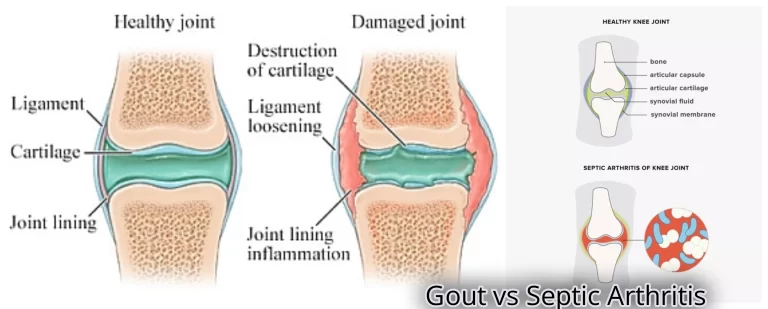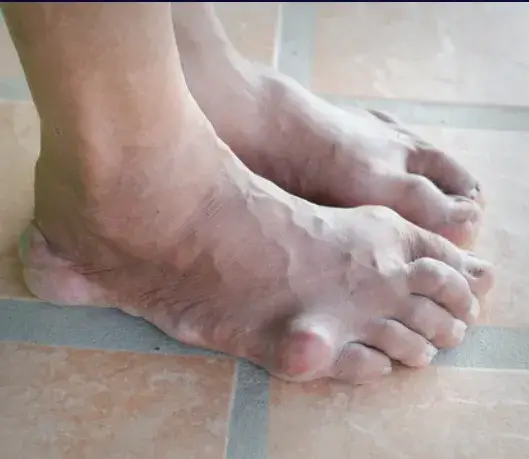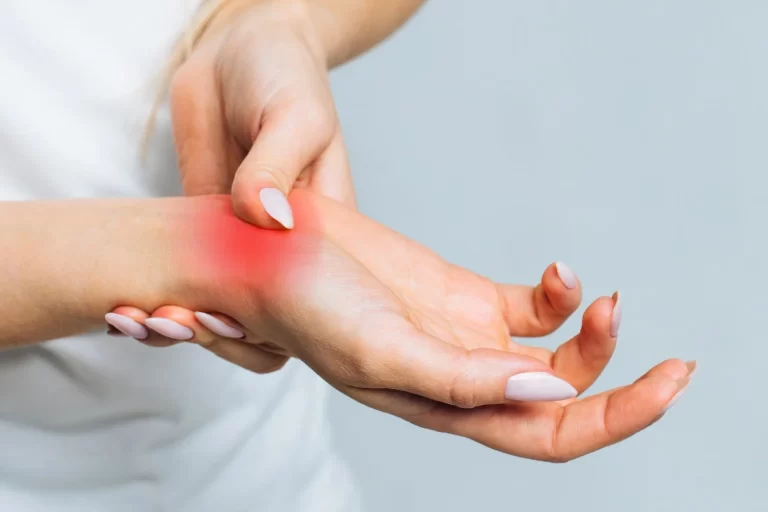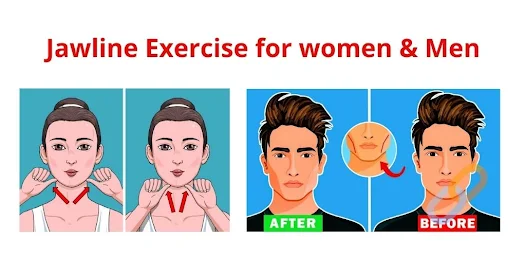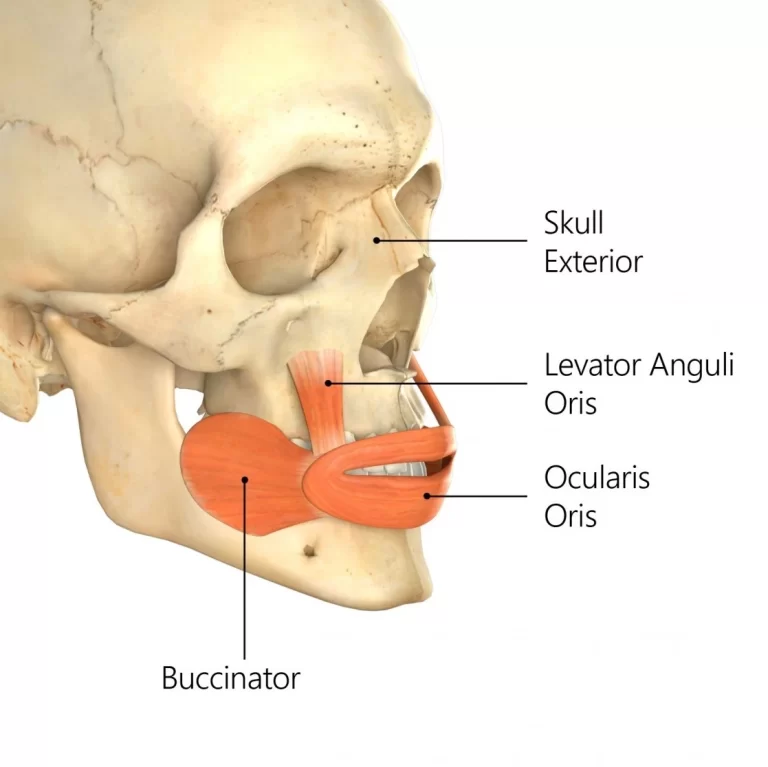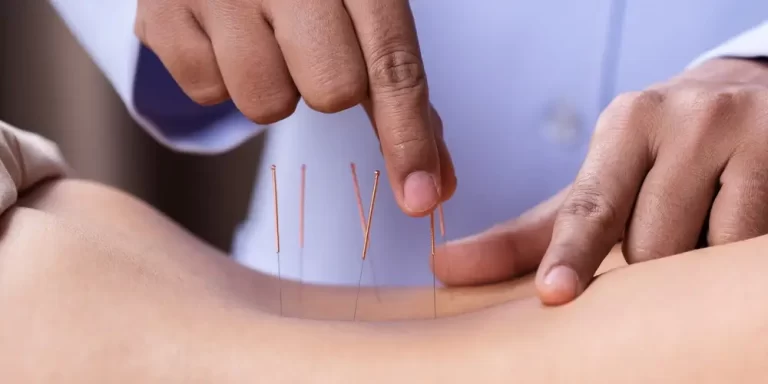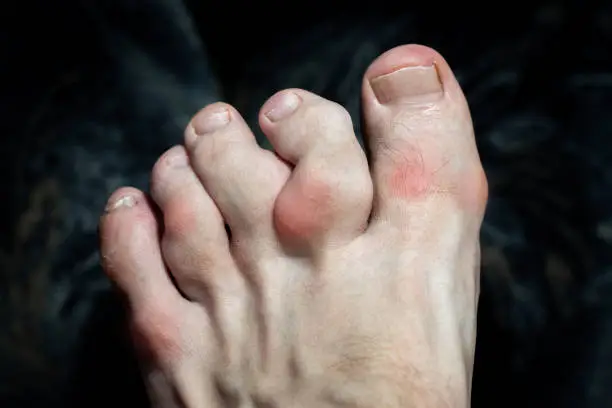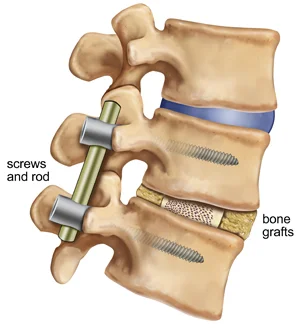Gout vs Septic Arthritis
If you are suffering from Arthritis, it is important to know the difference between Gout and Septic arthritis. This helps to diagnose arthritis and makes a treatment plan more effectively. What is Gout? A gout is a common form of seditious arthritis that’s veritably (very ) painful. In gout, excess acid causes syringe-shaped crystals to…

